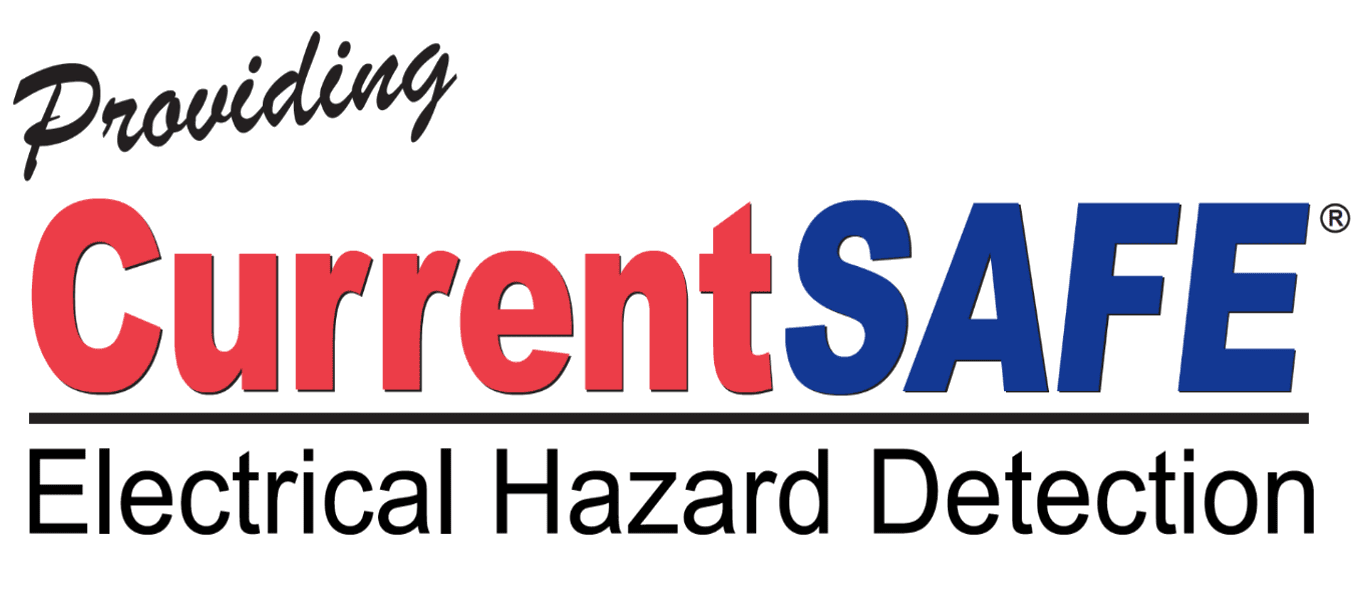Line Isolation Monitor (LIM) Testing
The Line Isolation Monitor (LIM) continuously monitors the Total Hazard Current (THC) of an Isolated Power System in the healthcare industry.
Line Isolation Monitor testing is vital to ensuring that the isolated power systems perform their patient protection and fault monitoring role. Transworld Electric offers LIM testing services in South Carolina, North Carolina, and Georgia.
Line Isolation Monitor (LIM) Testing
The Line Isolation Monitor (LIM) continuously monitors the Total Hazard Current (THC) of an Isolated Power System in the healthcare industry.
Line Isolation Monitor testing is vital to ensuring that the isolated power systems perform their patient protection and fault monitoring role.
Transworld Electric has compiled important information below regarding Line Isolation Monitor testing and best practices.
What testing is required by the NFPA-99 standard on Line Isolation Monitoring Systems?
NFPA 99, paragraph 6.3.3.3.3 The LIM circuit shall be tested at intervals of not more than 1 month by actuating the LIM test switch. The actuation of the test switch shall activate both visual and audible alarm indicators.” – NFPA 99 – 2012
How often should your Line Isolation Monitoring System be tested?
NFPA 99, paragraph 6.3.3.3.3 requires that all Line Isolation Monitors (LIMs) be tested and documented at least every 12 months.
What tests are performed during the testing of Line Isolation Monitoring Systems?
• Operation of LIM alarm function (6.3.3.3.3)
• LIM alarm point verification via simulated fault (6.3.3.3.2)
• Remote Annunciator operation, if present (6.3.3.3.2)
• Record THC of each individual circuit of the system
Does your Line Isolation Monitoring System need to be tested after repair?
NFPA 99, paragraph 6.3.3.3.4 requires that LIMs are tested after installation and after any “repair or renovation” to the system.
What documentation is required after testing your Line Isolation Monitoring System?
NFPA 99 6.3.4.1.2 says – “At a minimum, the record shall contain the date, the rooms or areas tested, and an indication of which items have met, or have failed to meet, the performance requirements of this chapter.”
How critical is the Line Isolation monitoring system?



